1. Old Non-Stick Cookware
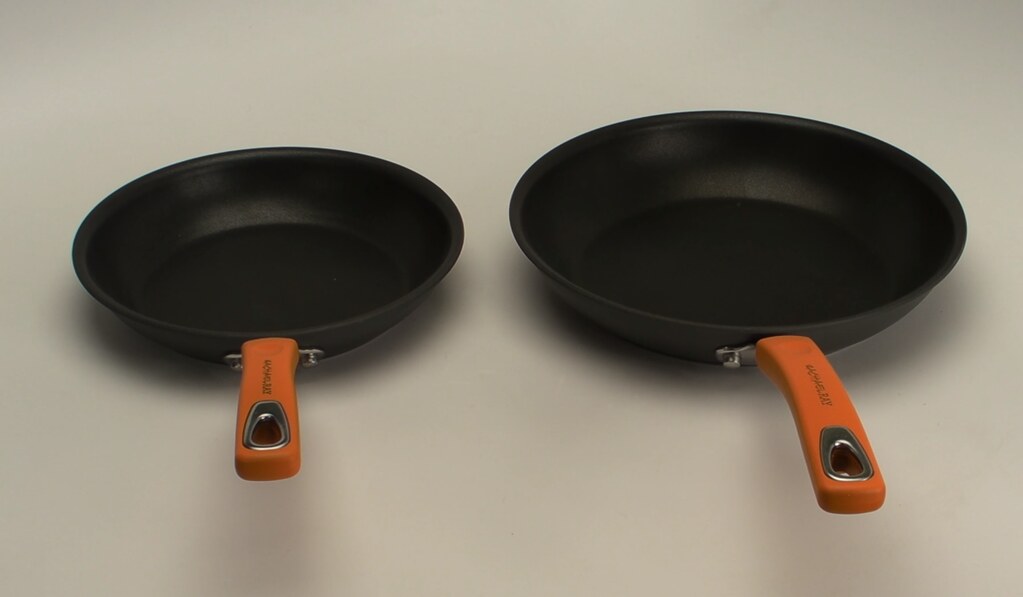
Non-stick cookware has long been a kitchen staple, but older pans made with perfluorooctanoic acid (PFOA) are now considered a significant health hazard. PFOA, a chemical once used in non-stick coatings like Teflon, has been linked to cancer, thyroid disorders, and other health issues. Although PFOA was phased out in the U.S. by 2015, many households still use old cookware that contains this harmful substance.
According to The Environmental Working Group (EWG), overheating non-stick pans can also release toxic fumes that may harm your respiratory system. Experts recommend replacing old non-stick cookware with newer, PFOA-free options or alternatives like cast iron, stainless steel, or ceramic-coated pans. These safer options provide durability and non-stick functionality without the health risks.
2. Plug-In Air Fresheners

Plug-in air fresheners are popular for their convenience and ability to mask odors, but they often contain harmful chemicals like phthalates and volatile organic compounds (VOCs). These substances can release toxic fumes into the air, leading to respiratory issues, headaches, and even long-term health problems. In small, enclosed spaces, these effects can be amplified.
As highlighted by The American Lung Association, VOCs from air fresheners can contribute to indoor air pollution, exacerbating conditions like asthma and allergies. A safer alternative is using essential oil diffusers with natural, non-toxic oils or opting for homemade air fresheners made from baking soda and natural fragrances. Ventilating your home regularly can also help improve indoor air quality without relying on chemical-based products.
3. Space Heaters Without Safety Features
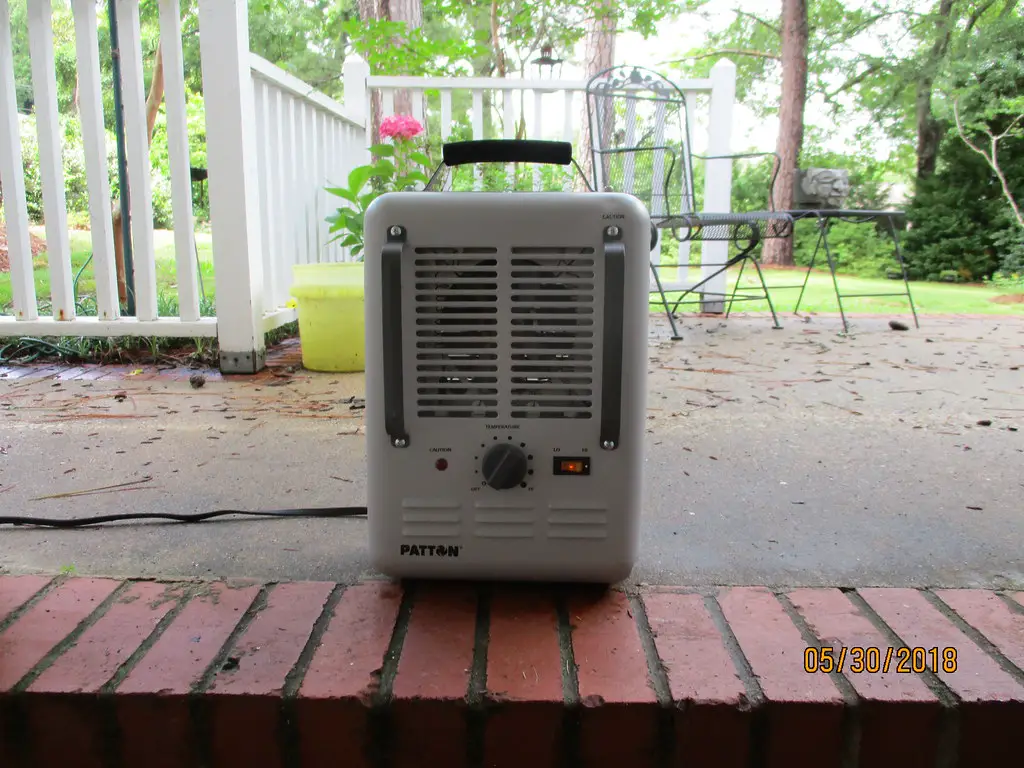
Space heaters are a convenient way to warm small areas, but models without modern safety features can pose significant fire risks. Older or cheaper space heaters may lack automatic shutoff functions, tip-over protection, or overheating sensors, making them dangerous to use in 2025. Space heaters are a leading cause of home fires during the winter months, with thousands of incidents reported annually.
According to The National Fire Protection Association (NFPA), space heaters account for 44% of home heating fires in the U.S. To minimize risk, experts recommend upgrading to modern space heaters with advanced safety features and placing them at least three feet away from flammable materials like curtains or furniture. Always turn off space heaters when leaving the room or going to bed.
4. Chemical Drain Cleaners
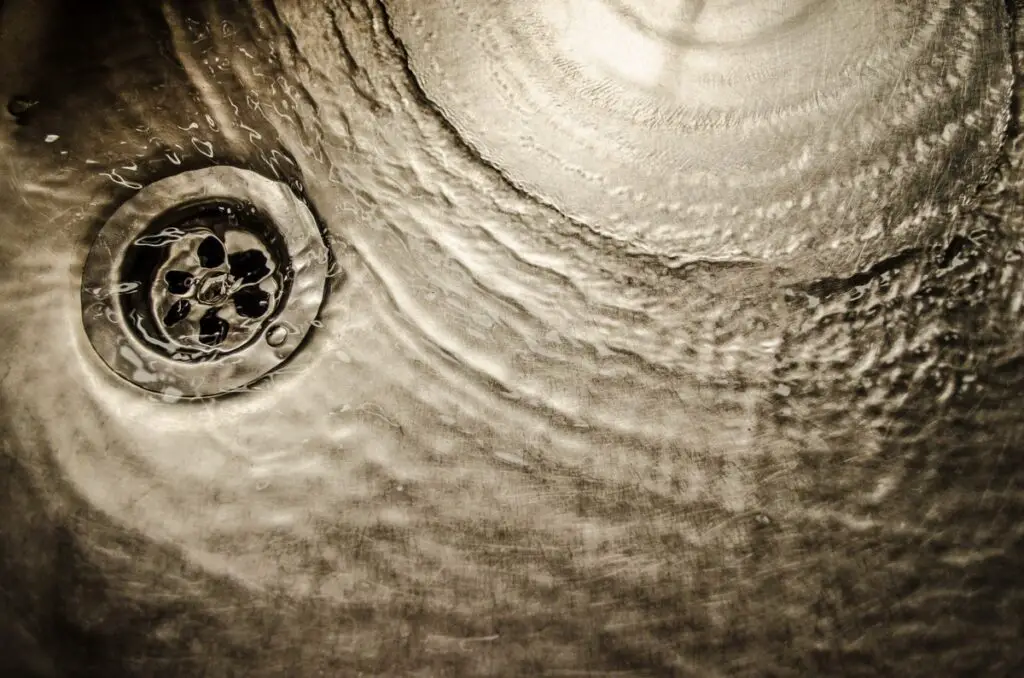
Chemical drain cleaners may seem like a quick fix for clogged pipes, but they can cause more harm than good. Many contain harsh chemicals like lye or sulfuric acid, which can corrode pipes, damage septic systems, and release harmful fumes into your home. Prolonged exposure to these chemicals can lead to skin burns, respiratory irritation, and other health concerns.
As noted by Bob Vila, a safer alternative is to use natural remedies like baking soda and vinegar or mechanical solutions like a drain snake. These methods are effective at clearing clogs without exposing you to toxic chemicals. If you frequently deal with clogged drains, consider installing a hair catcher or strainer to prevent debris from accumulating.
5. Old Baby Cribs
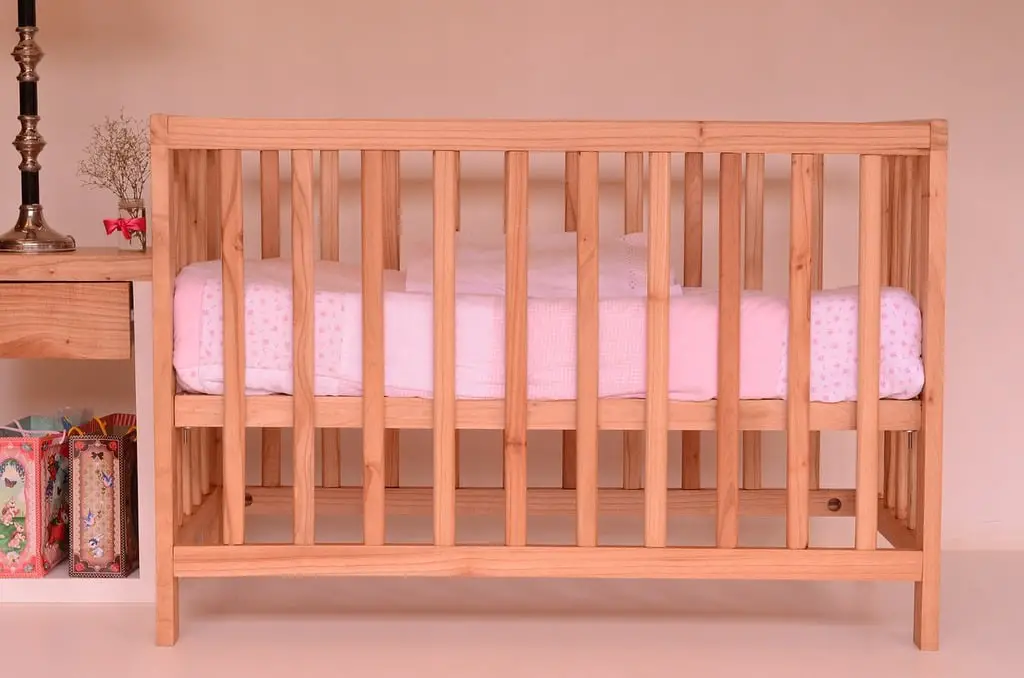
Older baby cribs, especially those manufactured before 2011, may not meet current safety standards and could pose risks to infants. Drop-side cribs, for example, were widely recalled due to concerns about the sides detaching, creating gaps where a baby could become trapped. Worn-out or missing parts on older cribs can also compromise their structural integrity.
According to Consumer Reports, the U.S. Consumer Product Safety Commission (CPSC) established stricter safety standards for cribs in 2011, requiring stronger slats and prohibiting drop-side designs. Parents should avoid using hand-me-down or secondhand cribs that do not meet these updated guidelines. Investing in a new, safety-compliant crib is the best way to ensure your baby’s safety.
6. Incandescent Light Bulbs
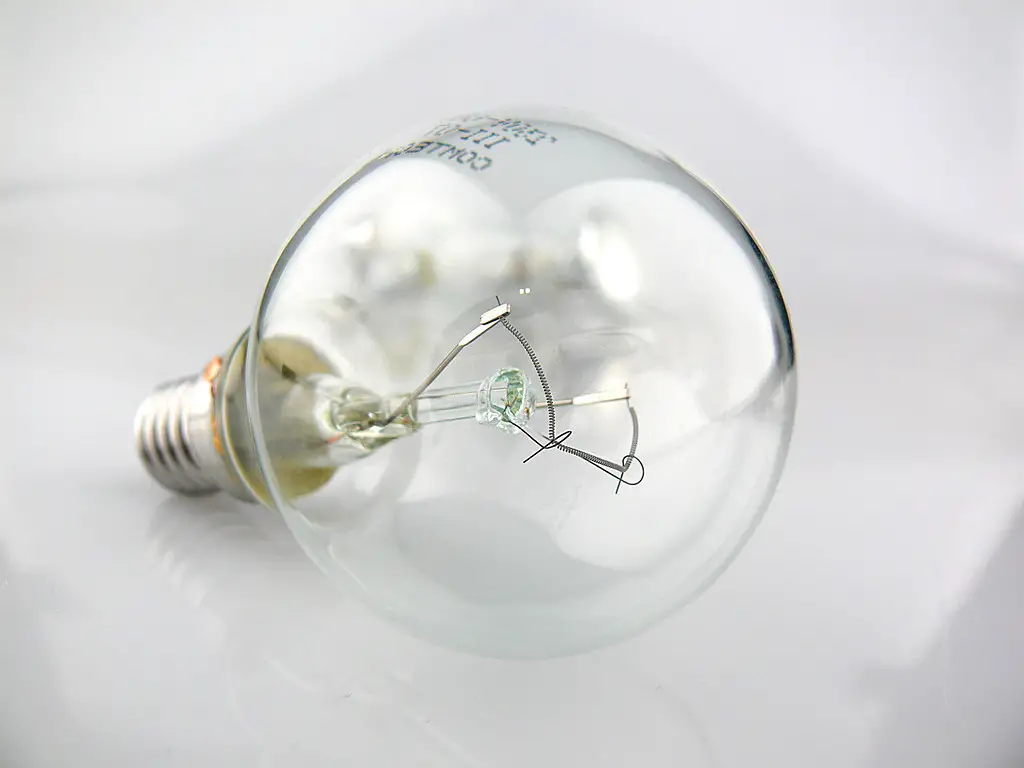
Incandescent light bulbs are being phased out in favor of energy-efficient alternatives like LEDs and CFLs. While incandescent bulbs are inexpensive upfront, they are far less energy-efficient and have a shorter lifespan compared to modern options. Additionally, they generate more heat, which can pose a fire risk in poorly ventilated fixtures.
As noted by Energy.gov, LEDs use up to 75% less energy and last 25 times longer than traditional incandescent bulbs. By switching to LEDs, homeowners can save money on energy bills and reduce their carbon footprint. If you still use incandescent bulbs, consider replacing them with LEDs for a safer and more energy-efficient home.
7. Old Extension Cords
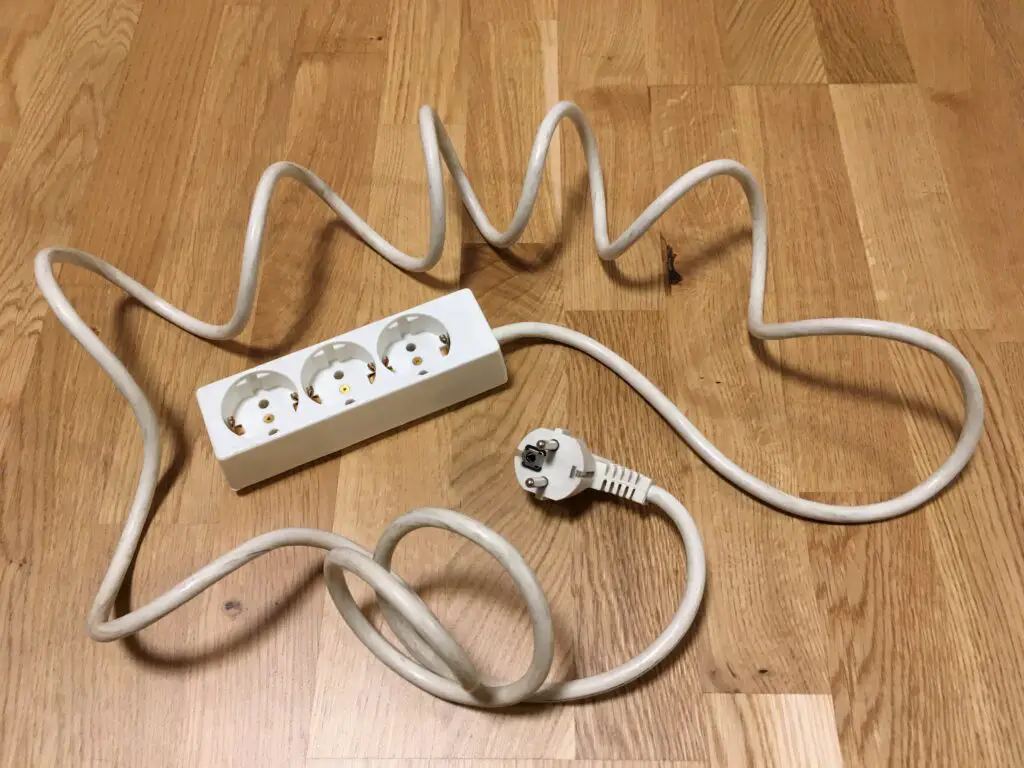
Old or damaged extension cords are a common household hazard that many homeowners overlook. Frayed wires, loose connections, and outdated designs can increase the risk of electrical shocks or fires. Extension cords that lack modern safety features, such as surge protection or grounded outlets, are especially dangerous in homes with high power usage.
According to The Electrical Safety Foundation International (ESFI), improper use of extension cords contributes to approximately 3,300 home fires annually in the U.S. To protect your home, replace worn or outdated cords with newer models that have built-in safety features. Additionally, avoid daisy-chaining multiple cords together and ensure your cords are rated for the appliances they’re powering.
8. Mothballs

Mothballs have been used for decades to repel moths and other pests, but they contain toxic chemicals like naphthalene or paradichlorobenzene. These substances release harmful fumes that can pose serious health risks to humans and pets, especially in poorly ventilated spaces. Prolonged exposure has been linked to headaches, respiratory irritation, and even liver damage.
As noted by The National Pesticide Information Center (NPIC), improper use of mothballs, such as placing them outside of sealed containers, can lead to widespread exposure to toxic vapors. Experts recommend safer alternatives like cedar blocks, lavender sachets, or sealed garment bags to protect clothing without the risks associated with mothballs.
9. Pressure-Treated Wood (Pre-2003)
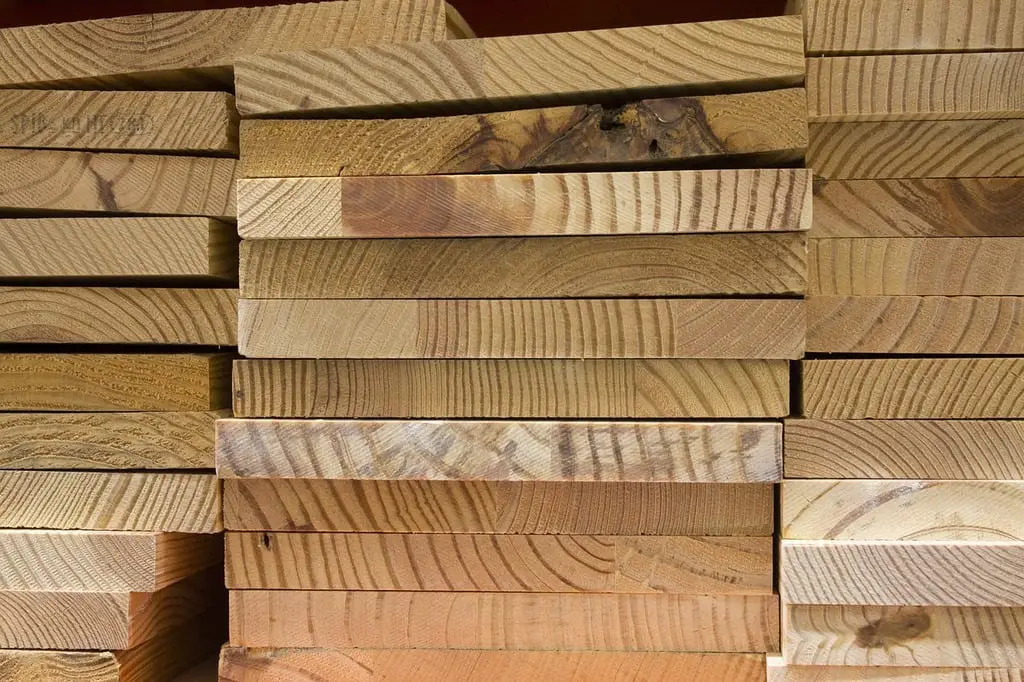
Pressure-treated wood manufactured before 2003 often contains chromated copper arsenate (CCA), a chemical preservative that helps prevent rot and insect damage. However, CCA-treated wood contains arsenic, a toxic substance that can leach into the soil or be released as dust during sanding or cutting. Prolonged exposure to arsenic has been linked to cancer, skin irritation, and other health issues.
According to The Environmental Protection Agency (EPA), CCA-treated wood was phased out for residential use in 2003, but older decks, fences, or playgrounds may still contain this hazardous material. If you suspect your home features old pressure-treated wood, consider replacing it with modern, safer alternatives like ACQ-treated lumber or composite materials.
10. Flame Retardant Furniture

Furniture treated with flame retardants may seem like a safer option, but many of these chemicals are now known to be harmful. Flame retardants used in sofas, mattresses, and chairs can release toxic dust into the air, leading to long-term health risks such as hormonal disruption, developmental issues in children, and even cancer.
As reported by The Green Science Policy Institute, many states have banned certain flame retardants in furniture due to their health risks. If your home contains older furniture, check the labels to see if flame retardants were used. When purchasing new furniture, look for pieces labeled as “TB117-2013 compliant,” which meet updated safety standards without the use of harmful chemicals.
11. Old HVAC Systems
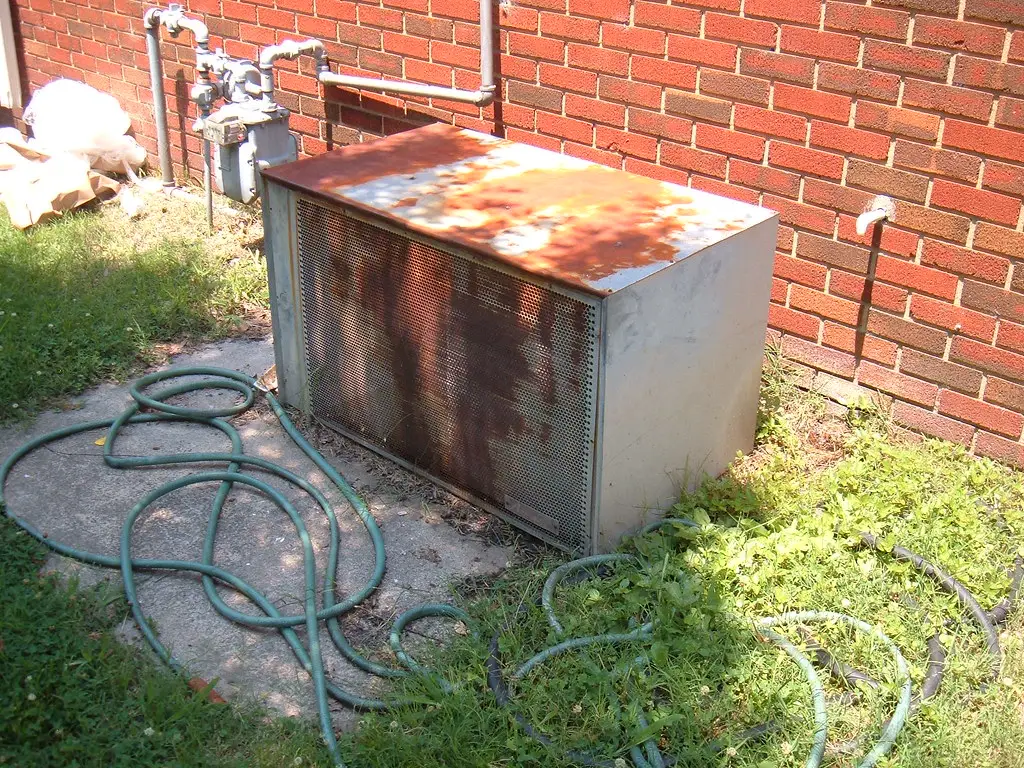
Outdated HVAC systems not only consume more energy but can also pose health risks. Older systems may harbor mold, dust, or bacteria in their ducts, which can circulate throughout your home and worsen respiratory conditions. Additionally, systems using outdated refrigerants like Freon (R-22) are harmful to the environment and are being phased out due to their ozone-depleting properties.
According to Energy Star, upgrading to an energy-efficient HVAC system can reduce utility bills by up to 20% while improving indoor air quality. Regularly servicing your system, replacing filters, and upgrading to modern models can ensure your home remains comfortable and safe.
12. Heavy Metal Water Pipes
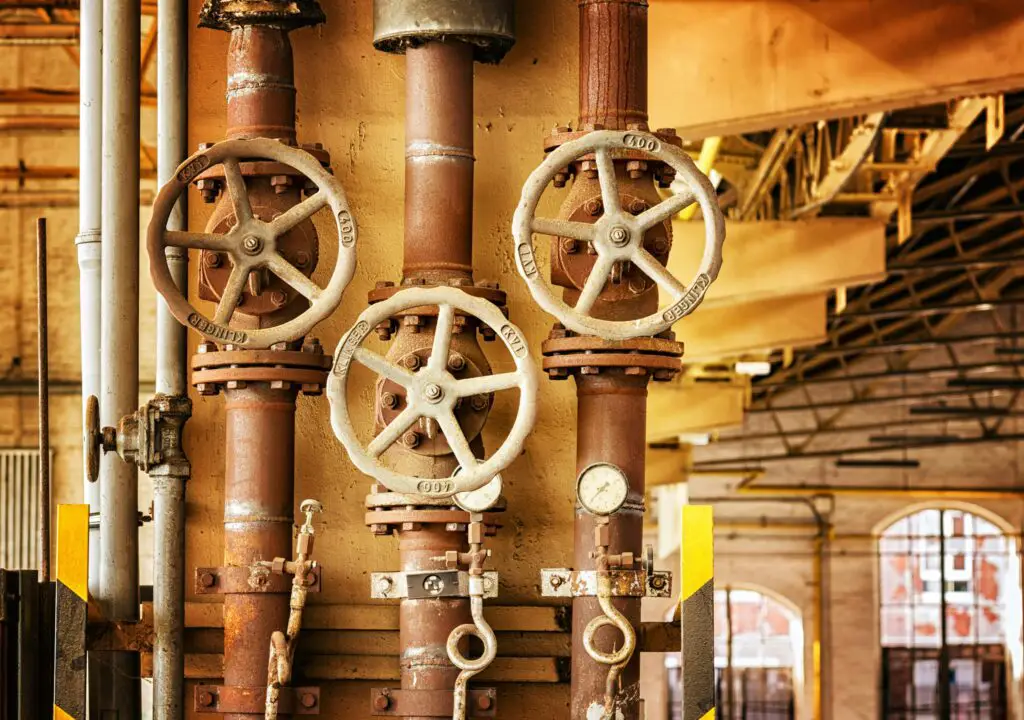
Homes built before the 1980s often feature water pipes made from lead or galvanized steel. Lead pipes, in particular, pose a significant health hazard as lead can leach into drinking water, leading to developmental issues in children, kidney damage, and other long-term health problems. Galvanized steel pipes, while less toxic, can corrode over time and release harmful metals into the water supply.
As highlighted by The Centers for Disease Control and Prevention (CDC), replacing lead and galvanized steel pipes with safer materials like copper or PEX is crucial for protecting your family’s health. If you suspect your home has lead pipes, consider getting your water tested and consult a licensed plumber to upgrade your plumbing system.
13. Old Mattresses

Old mattresses might not seem dangerous, but they can harbor allergens, dust mites, and even mold, all of which can contribute to poor indoor air quality and health problems. Worn-out mattresses also fail to provide proper support, leading to back pain and disrupted sleep. Additionally, older mattresses made before updated fire safety standards may not meet current regulations, posing a fire hazard.
As noted by Sleep Foundation, mattresses should be replaced every 7–10 years to ensure optimal comfort and safety. When shopping for a new mattress, look for options that are CertiPUR-US certified, meaning they are free from harmful chemicals like formaldehyde and heavy metals.
